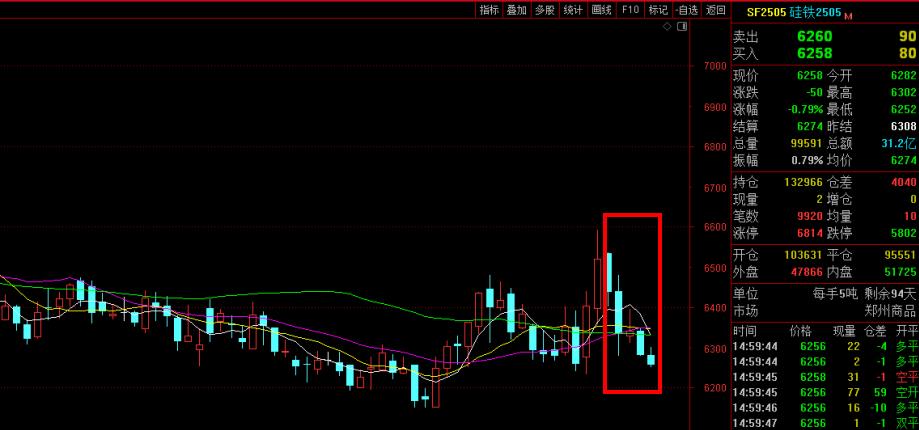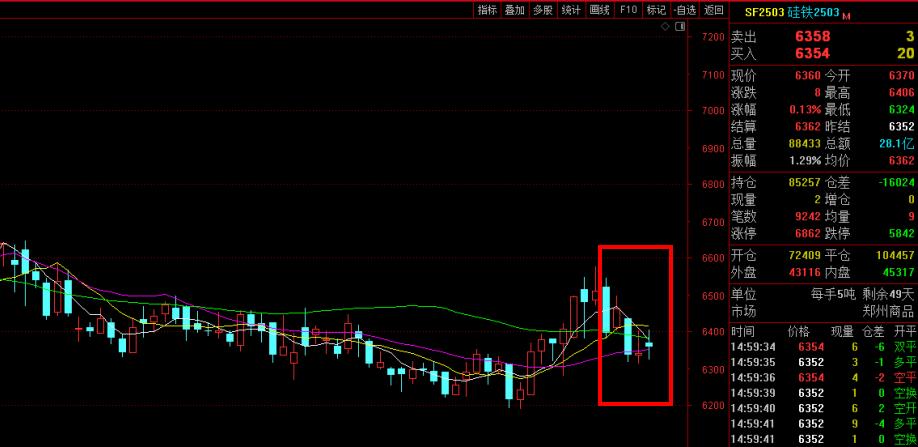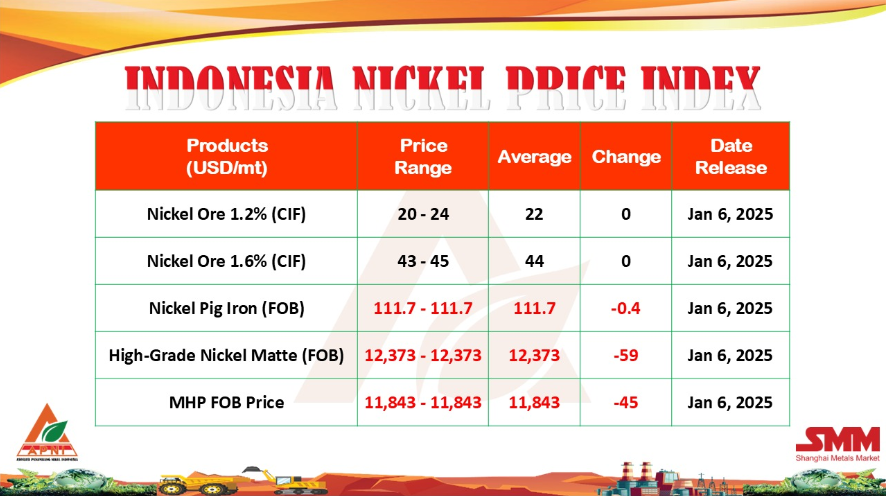Nickel prices have risen sharply in 2014 even as other industrial metals such as copper and iron ore have struggled. Indonesia's ban on nickel ore exports is the major reason behind the strong performance. More importantly, nickel prices could further strengthen, which is good news for producers such as Vale. Stronger nickel prices should also help BHP Billiton, which is looking to offload its nickel assets.
Nickel prices rise sharply
Nickel was the worst performing among all industrial metals in 2013. Nickel prices climbed to $50,000 a ton prior to the financial crisis of 2008/09, which encouraged miners to ramp up production levels. But the global economy lost its steam following the financial crisis, hurting the demand for base metals. However, miners were already committed to capacity expansion. So, instead of lowering production, miners continued to produce nickel. Consequently, the nickel industry started to come under pressure due to demand-supply mismatch. According to the International Nickel Study Group (INSG), the global refined nickel supply climbed about 11% to 1,944,700 tons last year, resulting in a surplus of 173,000 tons.
However, nickel prices have bounced back sharply this year even as prices for many industrial metals such as copper, aluminum, and iron ore have been reeling under pressure this year due to a global supply glut and slowdown in China. Nickel entered into bull territory after gaining 20% by March, and is up more than 25% year to date. Earlier this week, nickel prices for a three month delivery climbed to a fourteen-month high of $17,917 per ton at the London Metal Exchange (LME).
Factors boosting nickel prices
The main reason behind the surge in nickel prices is Indonesia's ban on exports since January. Indonesia accounts for about 20% of the global nickel ore supply and exports most of its unprocessed nickel to China. However, Indonesia now wants its manufacturing industry to shift its focus to value addition.
According to Macquarie Bank, Indonesia's ban on nickel ore exports will result in an estimated shortfall of 482,000 tons, or 25% of total global raw nickel output. Foreseeing limited supplies, Goldman Sachs recently predicted nickel prices might even touch $20,000 per ton.
The Philippines provides one viable sourcing alternative; however, its low-grade ore will push up production costs for Chinese nickel pig iron smelters.
Besides, the Philippines' ore producing capacity is just 500,000 tons a month while Indonesia exported 45 million tons of high-grade ore to China in 2013.
Another factor that is also strengthening nickel prices is the fact that inventory levels at bigger Chinese nickel pig iron producers are expected to deplete by the end of this year. This could increase the demand for traditional nickel from the stainless steel industry.
And lastly, nickel prices have also received some support from ongoing geopolitical tensions between Russia and Western countries with regard to Ukraine. Russia accounted for about 12% of total global nickel supply, last year. There are concerns that any prolonged tensions could result in trade sanctions on Russia. Russia's Norilsk Nickel (NASDAQOTH: NILSY ) is the world's leading nickel mining company.
The export ban is being seen as a 'game-changer' for the nickel industry as it will rebalance the market. According to Morgan Stanley, the ban on nickel ore exports will substantially stabilize the demand/supply fundamentals. Indeed, the bank estimates that the ongoing export ban will reduce the surplus to 70,000 tons this year and eventually result in a deficit of 60,000 tons in 2015. This was also something noted by Norilsk Nickel CEO Vladimir Potanin. According to Potanin, there are increasing indications that the ban on export of nickel ore from Indonesia will be sustained, and as a result he expects the nickel market to be balanced in 2014 but develop a sizable deficit in 2015.
Miners to benefit as prices recover
As discussed earlier, major miners have made huge investments on ramping up nickel production. And this decision will pay off as nickel prices are expected to recover.
Vale, the second largest producer of nickel, is expected to be one of the beneficiaries from a recovery in nickel prices. The company is expected to increase production at Onca Puma, Brazil, having suspended the project for one year due to technical glitches. The plant was running at about 62% of its nominal capacity of 25,000 tons a year by December.
Stronger nickel prices will also help BHP Billiton as the company looks to offload non-core assets. BHP plans to focus on copper, iron ore, coal, and petroleum as part of its simplification strategy. Earlier this month, the company had said that it is continuing to study the next phase of simplification, which includes structural options. With the outlook for nickel prices strong, it will be much easier for BHP to sell or spin off its nickel assets.
- [Editor:Juan]



 Save
Save Print
Print Daily News
Daily News Research
Research Magazine
Magazine Company Database
Company Database Customized Database
Customized Database Conferences
Conferences Advertisement
Advertisement Trade
Trade














 Online inquiry
Online inquiry Contact
Contact

Tell Us What You Think